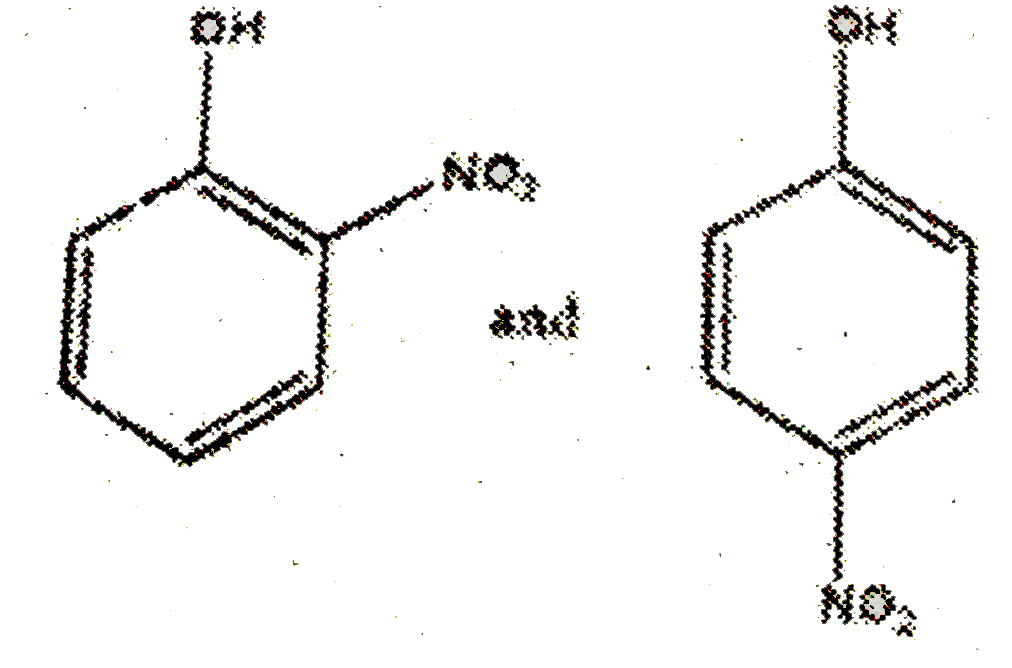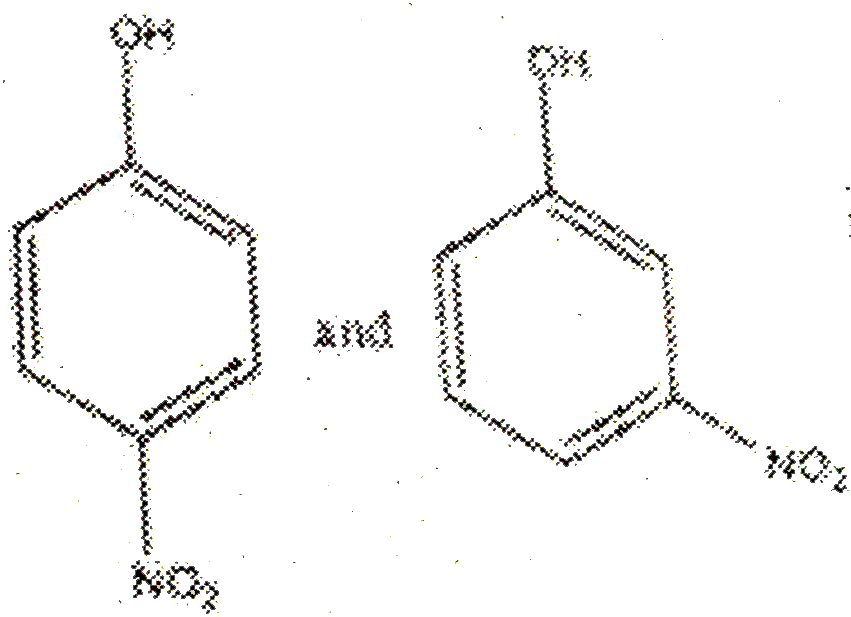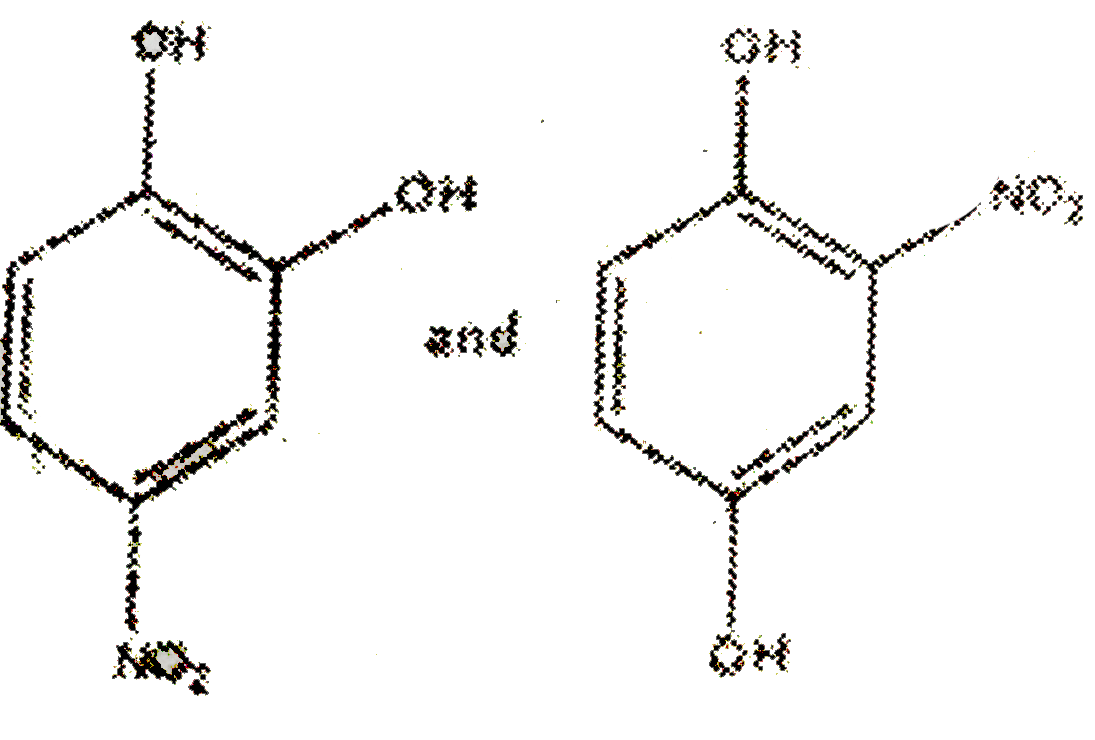When dil.HNO3 is electrolysed
H2(g) is formed at anode
O2 gas is formed at anode
NO2 is formed at anode
N2 is formed at anode
The correct Answer is:B
To solve the question regarding the electrolysis of dilute HNO3, we will follow these steps:
Step 1: Identify the Electrolyte
When dilute HNO3 is electrolyzed, it dissociates into ions:
HNO3→H++NO−3
Step 2: Determine the Ions Present
In addition to the ions from HNO3, water is also present, which dissociates into:
H2O→H++OH−
Thus, the ions present during electrolysis are:
- H+
- NO−3
- OH−
Step 3: Identify the Electrodes
- The cathode is the negative terminal where reduction occurs.
- The anode is the positive terminal where oxidation occurs.
Step 4: Reactions at the Cathode
At the cathode, positive ions are attracted. The only positive ion available is H+. The reduction reaction that occurs is:
2H++2e−→H2
This indicates that hydrogen gas (H2) is produced at the cathode.
Step 5: Reactions at the Anode
At the anode, we have two possible ions: NO−3 and OH−. We need to determine which ion will undergo oxidation. The standard electrode potentials are:
- OH− has a reduction potential of approximately -0.40 V.
- NO−3 has a reduction potential of approximately +0.96 V.
Since OH− has a lower discharge potential, it will be oxidized:
4OH−→2H2O+O2+4e−
This indicates that oxygen gas (O2) is produced at the anode.
Step 6: Summary of Products
From the electrolysis of dilute HNO3:
- At the cathode: Hydrogen gas (H2) is formed.
- At the anode: Oxygen gas (O2) is formed.
Final Answer
When dilute HNO3 is electrolyzed, hydrogen gas is produced at the cathode and oxygen gas is produced at the anode.
---
When dilute HNO3 is electrolyzed, it dissociates into ions:
HNO3→H++NO−3
In addition to the ions from HNO3, water is also present, which dissociates into:
H2O→H++OH−
Thus, the ions present during electrolysis are:
- H+
- NO−3
- OH−
- The cathode is the negative terminal where reduction occurs.
- The anode is the positive terminal where oxidation occurs.
At the cathode, positive ions are attracted. The only positive ion available is H+. The reduction reaction that occurs is:
2H++2e−→H2
This indicates that hydrogen gas (H2) is produced at the cathode.
At the anode, we have two possible ions: NO−3 and OH−. We need to determine which ion will undergo oxidation. The standard electrode potentials are:
- OH− has a reduction potential of approximately -0.40 V.
- NO−3 has a reduction potential of approximately +0.96 V.
4OH−→2H2O+O2+4e−
This indicates that oxygen gas (O2) is produced at the anode.
From the electrolysis of dilute HNO3:
- At the cathode: Hydrogen gas (H2) is formed.
- At the anode: Oxygen gas (O2) is formed.
When dilute HNO3 is electrolyzed, hydrogen gas is produced at the cathode and oxygen gas is produced at the anode.
Similar Questions
Knowledge Check
When dil. H2SO4 is electrolysed by using platinum electrodes the gas evolved at cathode is
AO2BSO2CSO3DH2What gas is produced when dilulte HNO3 is added to silver metal?
ANOBH2CNH3DN2Phenol on treatment with dil. HNO3 gives two products P and Q. P is steam volatile but Q is not , P and Q are respectively-
A B
B C
C D
D
Reaction of phenol with dil. HNO3 gives
View SolutionReaction of phenol with dil. HNO3 gives
View SolutionMetal A' reacts with dil. HNO3 and liberates hydrogen. A is
View SolutionCuS is dissolved in dil. HNO3. Balanced equation with correct products is
View SolutionWhich of the following in insoluble in dil. HNO3 but dissolves in aquaregia ?
View Solution
